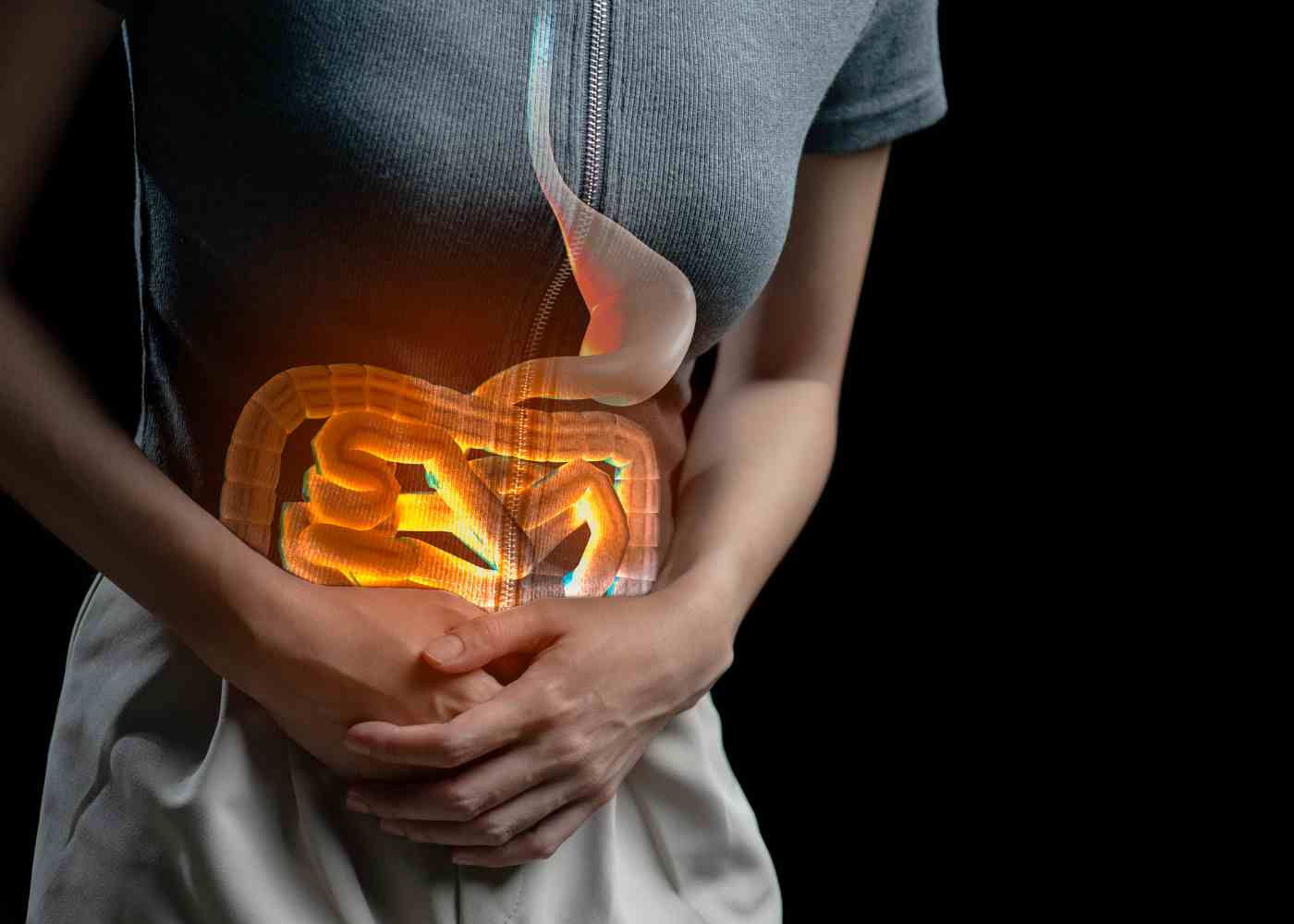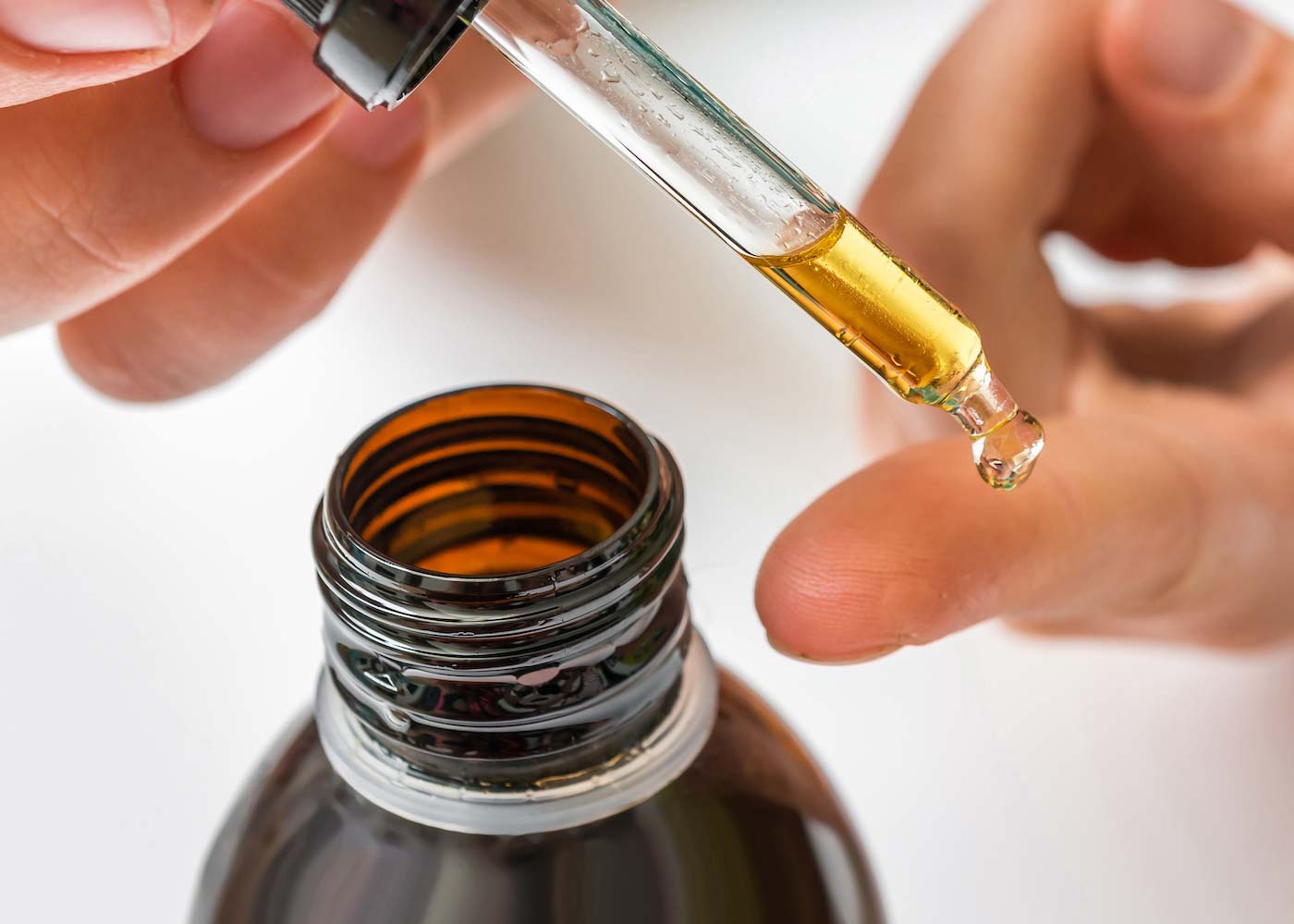
Food poisoning is a common and potentially dangerous condition that can be caused by various types of pathogens, such as bacteria, viruses, and parasites. Understanding the causes and taking preventive measures is crucial for avoiding this unpleasant experience. In this blog post, we will delve into the common causes of food poisoning and provide helpful tips on how to keep yourself and your family safe from these harmful pathogens.
Types of Food Poisoning
Food poisoning can be caused by various types of pathogens, such as bacteria, viruses, and parasites.
Common types of food poisoning include:
- Salmonella
- E. coli
- Norovirus
- Listeria
It is important to be aware of the symptoms and signs of different types of food poisoning to seek appropriate treatment.

Symptoms and Signs of Food Poisoning
Food poisoning can cause a range of symptoms, which may vary depending on the type of pathogen involved. However, there are some common signs to look out for:
1. Nausea: A feeling of sickness in the stomach often accompanied by an urge to vomit.
2. Vomiting: is the forceful expulsion of the stomach's contents through the mouth.
3. Diarrhea: Frequent, loose, or watery bowel movements
4. Abdominal pain: Cramps or discomfort in the abdominal area
5. Fever: A high body temperature, often accompanied by chills or sweating.
In severe cases of food poisoning, individuals may experience additional symptoms, such as:
1. Dehydration: A lack of fluids in the body due to excessive fluid loss from vomiting and diarrhea.
2. Bloody stools: Bowel movements that contain blood, which may indicate damage to the digestive tract.
3. Organ failure: In rare instances, food poisoning can lead to organ failure, which requires immediate medical attention.
If you experience severe symptoms of food poisoning or if your symptoms persist for more than a few days, it is crucial to seek medical help. Prompt treatment can help alleviate the symptoms and prevent any complications from arising.
Common Pathogens that Cause Food Poisoning
1. Salmonella is one of the most common pathogens that cause food poisoning. It is typically found in raw or undercooked poultry and eggs.
2. E. coli: Commonly found in contaminated ground beef and raw vegetables.
3. Norovirus: A highly contagious virus that can be transmitted through contaminated food and surfaces.
Food Safety Practices to Prevent Food Poisoning
- Wash your hands thoroughly with soap and water before handling food and after using the restroom.
- Use separate cutting boards and utensils for raw and cooked foods to prevent cross-contamination.
- Cook food to the appropriate internal temperature to kill any pathogens present.
Food Preparation Mistakes that Lead to Food Poisoning
Proper food preparation is crucial to preventing food poisoning. Here are some common mistakes to avoid:
- Leaving perishable foods out at room temperature
- Leaving perishable foods, such as meat and dairy products, out at room temperature for too long can allow bacteria to multiply rapidly. Always refrigerate or freeze perishable foods promptly to slow down bacterial growth.

Not washing fruits and vegetables properly
Properly washing fruits and vegetables before consumption is important to remove dirt, pesticides, and harmful pathogens. Use clean, running water and a vegetable brush if necessary to thoroughly clean the produce.
Using the same cutting board or knife without proper cleaning
Cross-contamination can occur when using the same cutting board or knife without cleaning them between different ingredients. Wash cutting boards, knives, and other utensils with hot soapy water to avoid transferring bacteria or other pathogens from one food to another.

Proper Storage and Refrigeration to Avoid Food Poisoning
Follow these tips for proper storage and refrigeration to prevent food poisoning:
- Store raw meats and seafood on the bottom shelf of the refrigerator to prevent their juices from dripping onto other foods.
- Keep your refrigerator at a temperature below 40°F (4°C) to slow down the growth of bacteria.
- Avoid overcrowding the refrigerator or freezer, as it can prevent proper air circulation and lead to inadequate cooling.
Conclusion
Food poisoning can be a serious and debilitating condition, but by understanding the common causes and taking the necessary precautions, you can greatly reduce your risk. It is important to be aware of the different types of pathogens that can cause food poisoning, such as bacteria, viruses, and parasites. By recognizing the symptoms and signs of food poisoning, you can seek appropriate medical help when needed.
Preventing food poisoning starts with practicing proper food safety measures. This includes washing your hands thoroughly, using separate cutting boards and utensils for raw and cooked foods, and cooking food to the appropriate internal temperature. Avoiding common food preparation mistakes, such as leaving perishable foods out at room temperature for too long and not washing fruits and vegetables properly, can also help prevent food poisoning.
In addition, proper storage and refrigeration are keys to avoiding food poisoning. Storing raw meats and seafood properly in the refrigerator, keeping the refrigerator at the correct temperature, and avoiding overcrowding can all contribute to keeping your food safe.
By following these guidelines and being mindful of the potential risks, you can protect yourself and your loved ones from experiencing the unpleasant effects of food poisoning. Stay educated, informed, and proactive in your approach to food safety, and enjoy your meals with peace of mind.




















